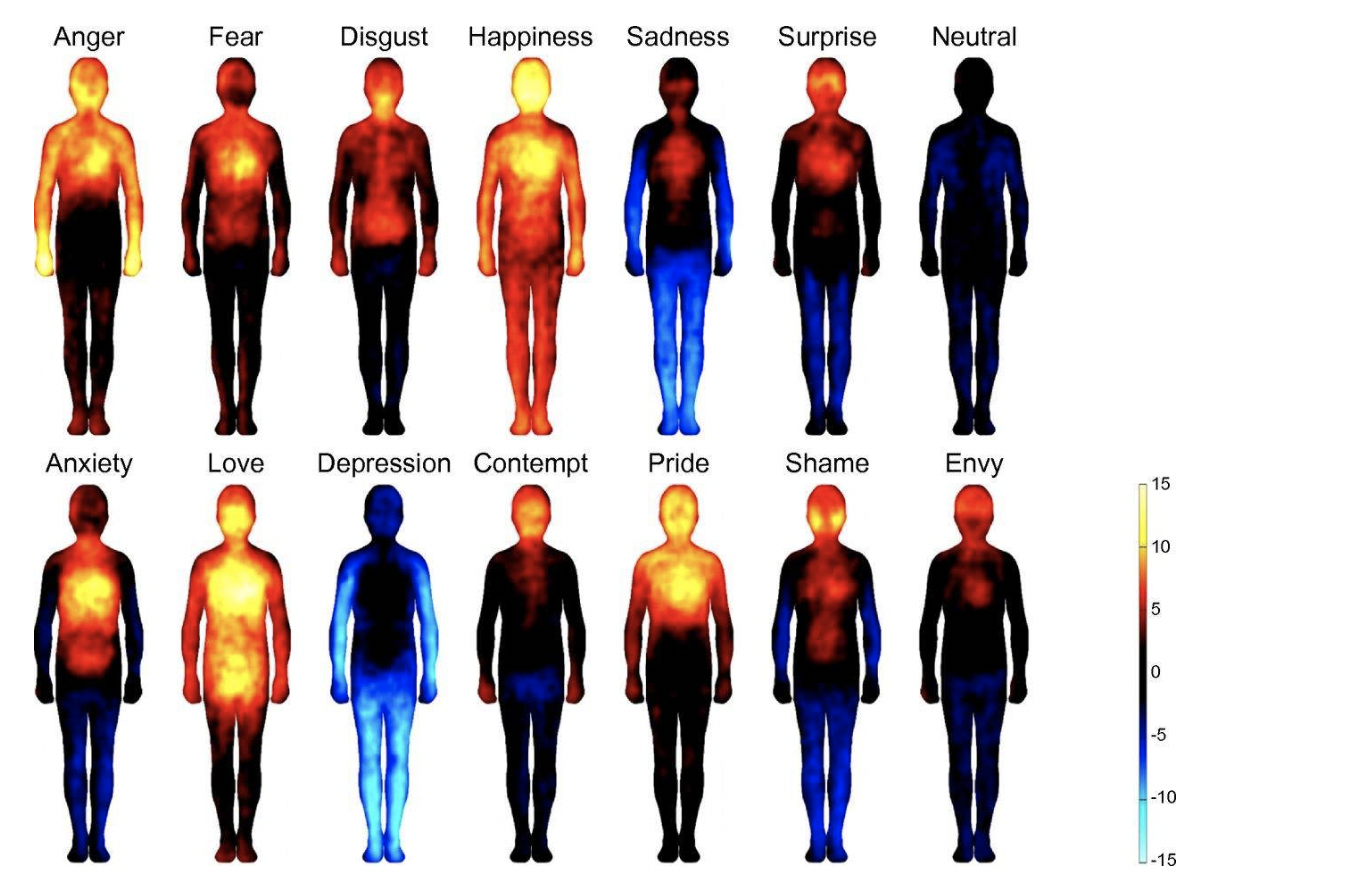Our emotional self is comprised of various elements including our temperament or personality, our history, our family of origin, culture, and even genetic memories passing down from our ancestors.
We are also composed of the time we live in, the society we grew up in, our religious beliefs, and of the collective unconscious and archetypes of our society (the Hero/Heroine, the Wounded Child, the Sorcerer/Sorceress, the Tempter/Temptress, the Inner Critic, the Jester, the Judge, etc.). We see these archetypes in our literature, art, and film. All these impact on our emotional selves, and on how we see and look at the world.
We are not only who we think we are; we are also how we feel we are.
Emotional Intelligence (EQ)
EQ is the ability to monitor one’s own and other people’s emotions. It helps us to understand different emotions, label them appropriately, and to use that information to guide our thinking and behaviour. EQ is about being aware of our emotions, behaviours, and the impact we have on others.
Emotions: The Science
Research has found that emotions can be seen in our body and measured chemically. Emotions not only have impact within our own selves, they also can spread to others around us and into our communities.
According to Six Seconds,
“Emotions are neurohormones; chains of amino acids that flow through the brain and body carrying messages. Produced primarily in the hypothalamus, these chemicals affect literally every living cell in our bodies serving as part of our master-regulatory function. Each “burst” of these chemicals, from the time they’re produced, to the time they’re completely broken down and absorbed, last four to seven seconds. Thus, if we miss the opportunity of those six seconds, we miss the wisdom and energy the feelings offer; also, if we’re feeling something for longer than six seconds, we are – at some level – choosing to recreate and refuel those feelings.”
Within four to seven seconds, emotions are processed through our body. Here’s a graphic of where emotions can be seen in our bodies (as per research conducted by Lauri Nummenmaa, Enrico Glerean, Riitta Hari, and Jari K. Hietanen, June 2013 pnas.org).
Emotions are contagious too, which researchers call “Emotional Contagion”.
According to Psychology Today,
“…it is a phenomenon in which a person or a group influences the emotions and affective behaviour of another person or group through the conscious or unconscious induction of emotions.”
Think about it…
We’ve all been in a room where someone has been negative or angry – how did that change the group?
Our emotions can be toxic, or they can inspire. A simple smile can spread and change the day of many people. When we come to know the power or our emotions – how they can inspire or change the way we view the world, we become more mindful of our emotional reactions and strategic in how we show our emotions to others.
It’s important to be aware of what feelings you are bringing into the room. Is it optimism? Is it inspiration? Think about how you want your emotions at work to impact those around you.
That is EQ.
If you would like to learn more about how you can develop your own emotional intelligence at work, join us for our upcoming webinar
https://agilec.ca/emotional-intelligence-at-work-webinar/






